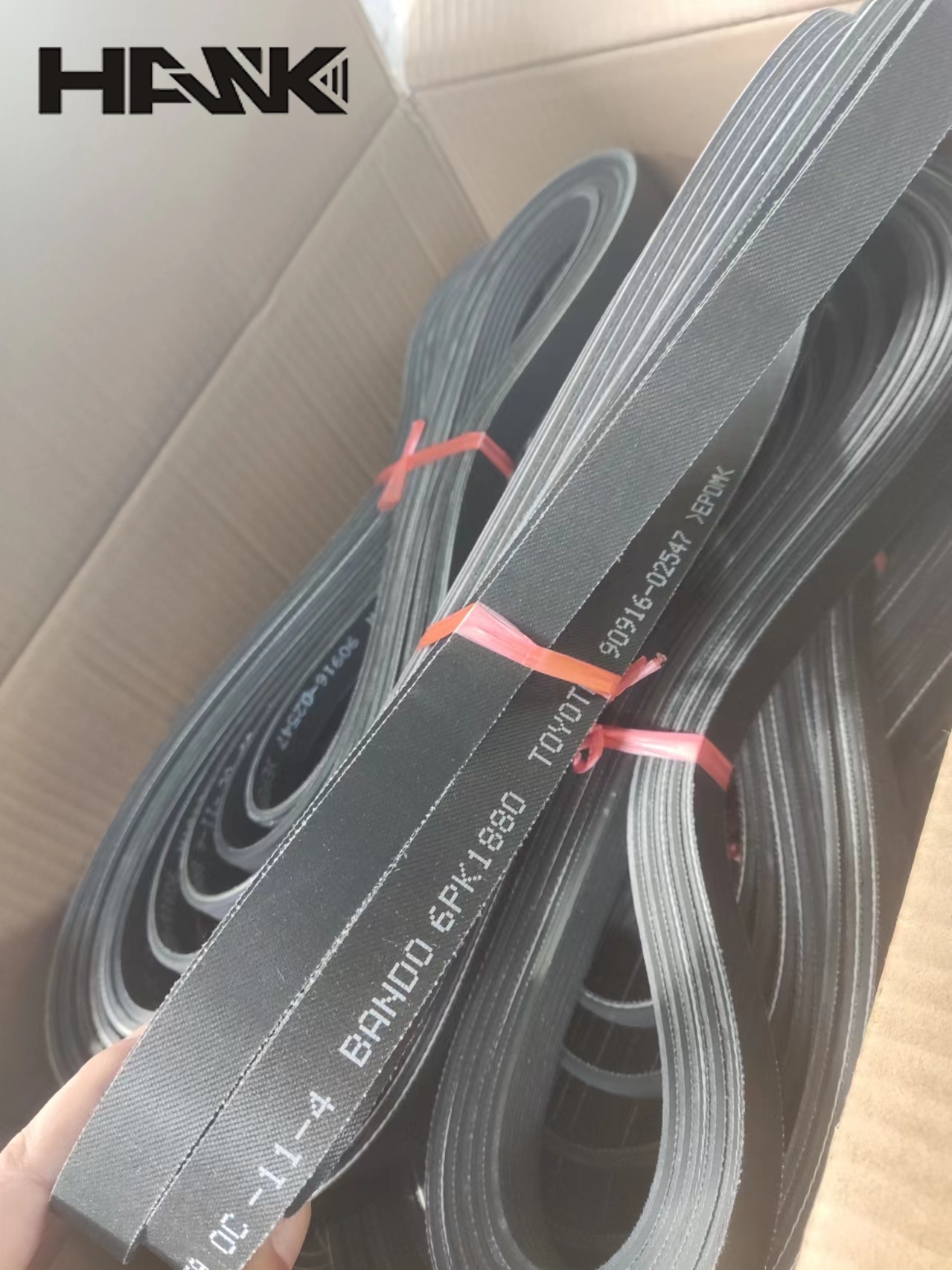- Arabic
- French
- Russian
- Spanish
- Portuguese
- Turkish
- Armenian
- English
- Albanian
- Amharic
- Azerbaijani
- Basque
- Belarusian
- Bengali
- Bosnian
- Bulgarian
- Catalan
- Cebuano
- Corsican
- Croatian
- Czech
- Danish
- Dutch
- Afrikaans
- Esperanto
- Estonian
- Finnish
- Frisian
- Galician
- Georgian
- German
- Greek
- Gujarati
- Haitian Creole
- hausa
- hawaiian
- Hebrew
- Hindi
- Miao
- Hungarian
- Icelandic
- igbo
- Indonesian
- irish
- Italian
- Japanese
- Javanese
- Kannada
- kazakh
- Khmer
- Rwandese
- Korean
- Kurdish
- Kyrgyz
- Lao
- Latin
- Latvian
- Lithuanian
- Luxembourgish
- Macedonian
- Malgashi
- Malay
- Malayalam
- Maltese
- Maori
- Marathi
- Mongolian
- Myanmar
- Nepali
- Norwegian
- Norwegian
- Occitan
- Pashto
- Persian
- Polish
- Punjabi
- Romanian
- Samoan
- Scottish Gaelic
- Serbian
- Sesotho
- Shona
- Sindhi
- Sinhala
- Slovak
- Slovenian
- Somali
- Sundanese
- Swahili
- Swedish
- Tagalog
- Tajik
- Tamil
- Tatar
- Telugu
- Thai
- Turkmen
- Ukrainian
- Urdu
- Uighur
- Uzbek
- Vietnamese
- Welsh
- Bantu
- Yiddish
- Yoruba
- Zulu
Dec . 26, 2024 00:25 Back to list
Durable Rubber Solutions for Efficient Conveyor Belt Systems in Industrial Applications
The Importance of Conveyor Belt Rubber in Modern Industries
In the bustling world of manufacturing and logistics, the conveyor belt stands as an emblem of efficiency and innovation. Among the various components that make up these essential systems, the rubber used in conveyor belts plays a pivotal role. This article delves into the significance of conveyor belt rubber, its types, applications, and the advancements that have shaped its development.
Understanding Conveyor Belt Rubber
Conveyor belt rubber is a specialized material designed to handle the demanding conditions of industrial environments. It is formulated to provide a combination of strength, durability, and flexibility, tailored to the specific requirements of a variety of applications. The primary purpose of conveyor belts is to transport materials from one point to another, making them crucial in sectors such as mining, agriculture, automotive, and packaging.
Types of Conveyor Belt Rubber
There are several types of rubber used in the manufacturing of conveyor belts, each designed for particular needs
1. Natural Rubber Known for its excellent tensile strength and elasticity, natural rubber is often used in light to medium-duty applications. However, it may not be suitable for environments with extreme temperatures or harsh chemicals.
2. Synthetic Rubber This includes materials like neoprene, EPDM (ethylene propylene diene monomer), and nitrile rubber. Synthetic rubbers are engineered to resist degradation from UV light, ozone, and chemical exposure, making them ideal for heavy-duty applications.
3. Fabric Reinforced Rubber This type combines rubber with fabric materials, enhancing dimensional stability and allowing the belt to carry heavier loads. Different fabrics such as polyester, nylon, and steel are incorporated depending on the strength required.
4. Specialty Rubber For specific industries, specialty rubbers designed to resist extreme conditions—like high temperatures, abrasives, or chemicals—are essential. For example, food-grade rubber is crucial in the food processing industry to ensure hygiene and safety.
Applications of Conveyor Belt Rubber
conveyor belt rubber

The applications of conveyor belt rubber are vast and varied
- Mining In mining operations, conveyor belts transport heavy loads of ores and minerals over long distances. Rubber belts used in this industry are designed for toughness and puncture resistance, maximizing their lifespan under strenuous conditions.
- Food Processing Food-grade conveyor belts made from specialized rubbers are used in processing and packaging food to ensure safety and regulatory compliance. These belts are easy to clean and resistant to microbial growth.
- Automotive Industry In automotive manufacturing, conveyor belts facilitate the assembly process, moving parts and finished vehicles along the production line. The rubber used in these belts must be durable to withstand repetitive use in a production environment.
- Logistics and Warehousing Conveyor belts are integral to sorting and transportation systems in warehouses. Rubber belts provide the necessary traction and robustness to handle a variety of packaged goods.
Advancements in Conveyor Belt Rubber Technology
The development of conveyor belt rubber has seen significant advancements in recent years. Manufacturers are now using advanced compounds that not only enhance performance but also reduce environmental impact. For instance, the use of recycled materials in rubber production is becoming more standard, aligning with global sustainability goals.
Additionally, smart conveyor systems equipped with sensors and monitoring technology are being integrated with durable rubber belts. This technology allows for real-time tracking of the belt's condition, enabling predictive maintenance and reducing downtime, ultimately saving costs for industries.
Conclusion
In conclusion, conveyor belt rubber is a critical component that underpins the efficiency and productivity of countless industries. With the ability to withstand challenging conditions and various load types, it ensures that materials move smoothly through production and distribution channels. As technology continues to advance, the rubber used in conveyor belts will likely evolve, offering even greater performance and sustainability, keeping pace with the ever-changing demands of modern industry. The future of conveyor systems looks promising, and conveyor belt rubber will undoubtedly remain at the forefront of this progress.
-
Korean Auto Parts Timing Belt 24312-37500 For Hyundai/Kia
NewsMar.07,2025
-
7PK2300 90916-T2024 RIBBED BELT POLY V BELT PK BELT
NewsMar.07,2025
-
Chinese Auto Belt Factory 310-2M-22 For BMW/Mercedes-Benz
NewsMar.07,2025
-
Chinese Auto Belt Factory 310-2M-22 For BMW/Mercedes-Benz
NewsMar.07,2025
-
90916-02660 PK Belt 6PK1680 For Toyota
NewsMar.07,2025
-
drive belt serpentine belt
NewsMar.07,2025

